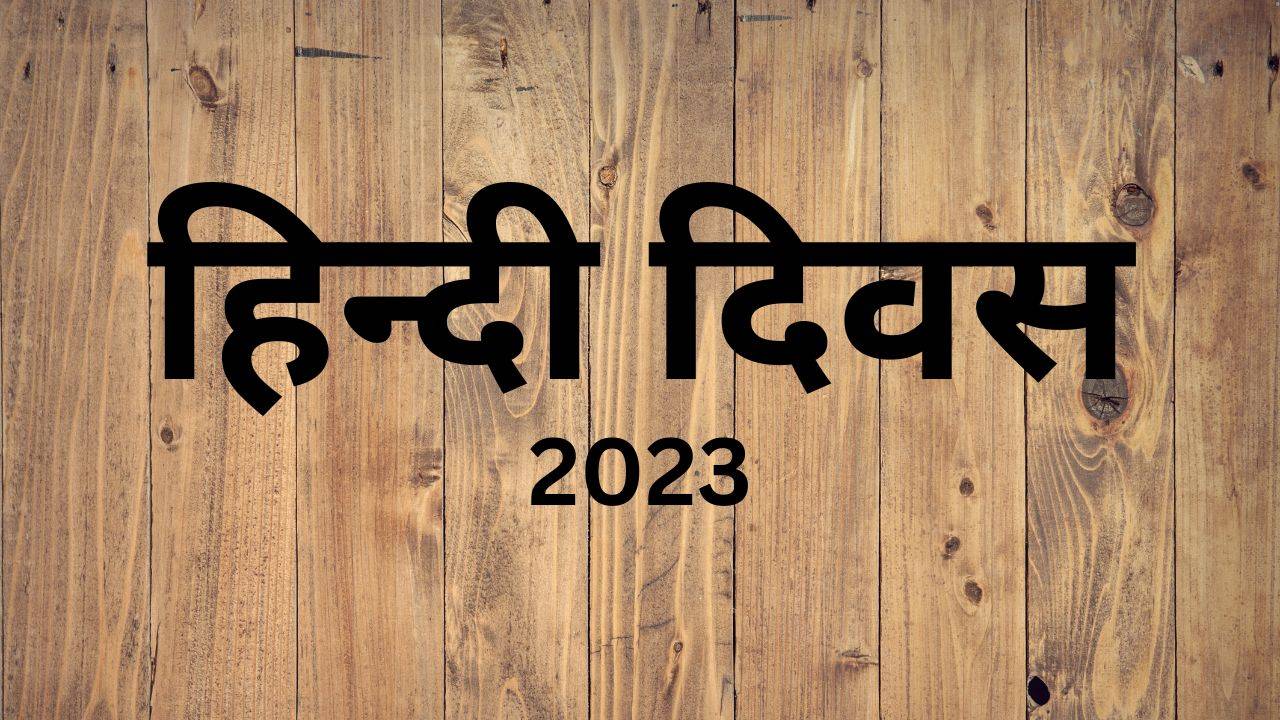
Hindi Divas, celebrated on September 14 is an important day in India that commemorates the adoption of the Hindi language as the official language of the country.
In 1949, the Constituent Assembly of India recognized Hindi's significance in uniting the diverse linguistic and cultural fabric of the nation, leading to the declaration of Hindi as the Rajbhasha (national language).
This annual observance serves as a reminder of the linguistic diversity and cultural richness of India while emphasizing the importance of preserving and promoting the Hindi language.
Hindi Divas 2023 marks another year of celebrating India's linguistic heritage and the enduring legacy of the Hindi language.
Hindi Language and its Global Reach
The Hindi language, with its rich cultural heritage and over 500 million speakers, has a growing global presence. It serves as a vital means of communication not only in India but also in various other countries. Hindi cinema, Bollywood, has played a significant role in spreading the language's popularity worldwide.
Additionally, with the Indian diaspora spanning the globe, Hindi continues to connect people across borders, fostering cultural exchange and understanding.
Hindi Speaking Countries
India
India has the highest number of Hindi speakers, with approximately 422 million people, which accounts for about 40% of the country's population, using Hindi as either their first or second language. In India, both English and Hindi hold the status of official languages. Hindi is the primary language in states like Haryana, Uttar Pradesh, Himachal Pradesh, as well as the capital city of Delhi. It is also widely spoken in regions such as Jharkhand and Bihar in the eastern part of the country, Chhattisgarh and Madhya Pradesh in central India, and Rajasthan in the western part of India.
Nepal
Nepal has the second-largest number of Hindi speakers, with around eight million people using the language, even though its native speakers are only about 77. Hindi is not officially recognized in Nepal, but in 2016, there was a push to make it an official language because 80% of Nepalese can understand it. This is largely due to cultural similarities with India and the influence of Indian TV in Nepal.
United States
Surprisingly, the United States is home to the third-largest community of Hindi speakers, totalling around 8.5 lakh individuals. Despite its significant presence, Hindi ranks as the 11th most popular foreign language in the country. However, Hindi is primarily spoken at home due to the dominance of English in daily life. Native Hindi speakers in the United States are a minority, mostly consisting of Indian immigrants. Their descendants typically prioritize learning English, the prevalent language in the country, for practical purposes.
Mauritius
In Mauritius, about one-third of the population (6,85,000 people) speaks Hindi. While the constitution doesn't specify an official language, English and French are the parliamentary languages. Most Mauritians, however, use Mauritian Creole as their primary language.
Comparison With European Languages
Hindi is written left to right, like European languages. It's easier to read than in European languages as words are phonetically written. Unlike English, Hindi lacks 'the' or 'a' articles. Its sentence structure differs, placing verbs at the end. All nouns have gender (feminine or masculine), impacting verbs and adjectives.










